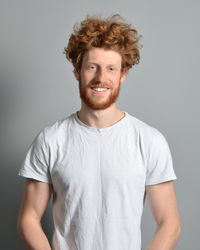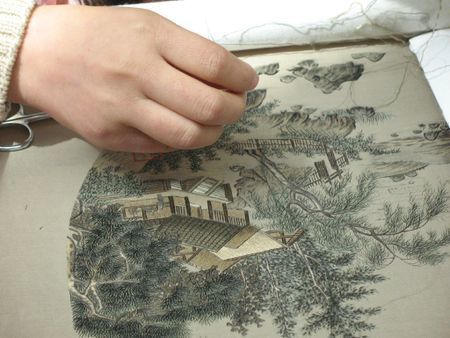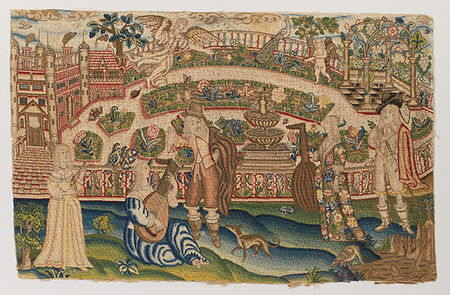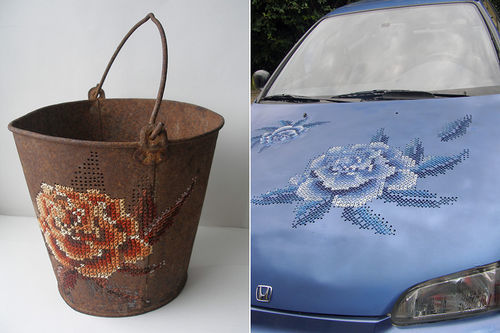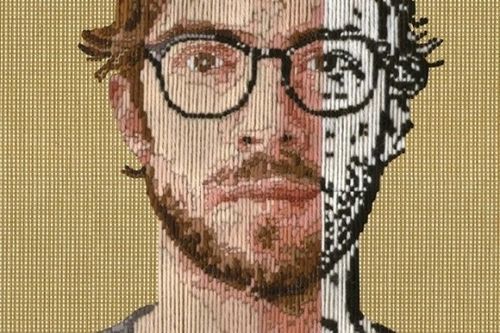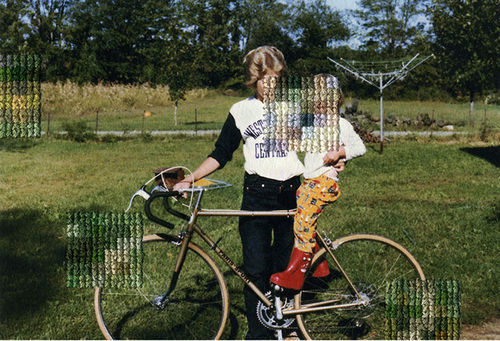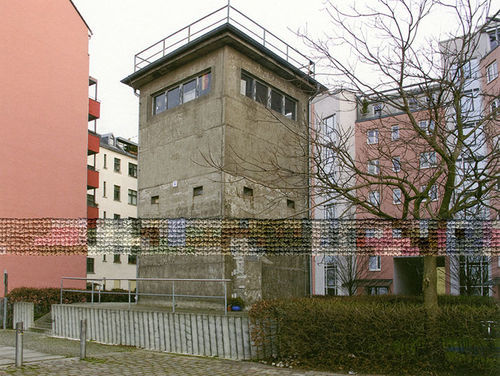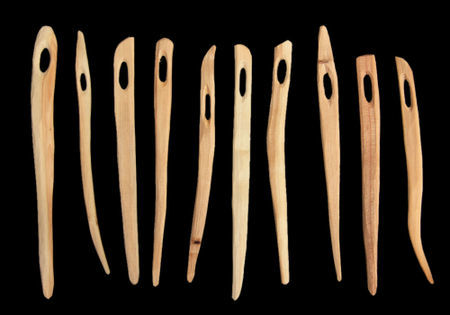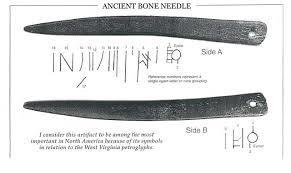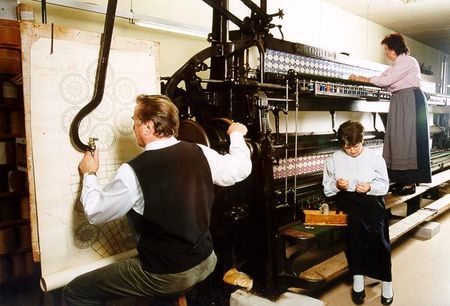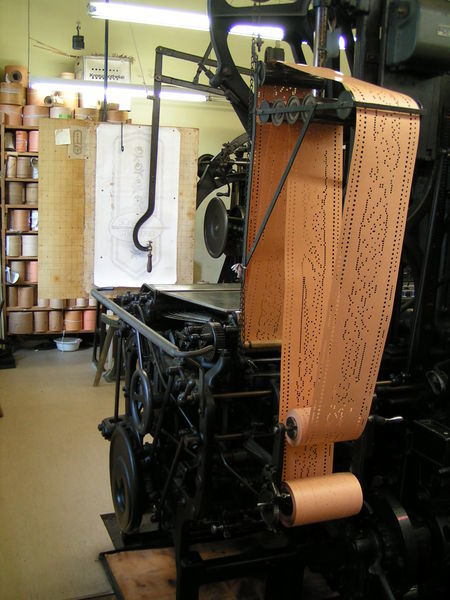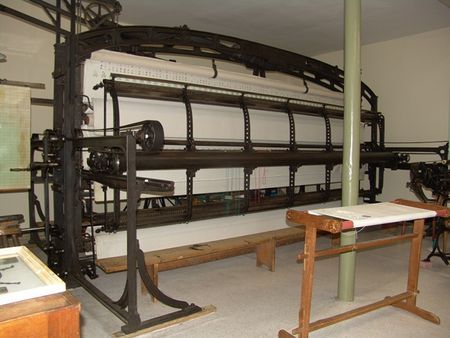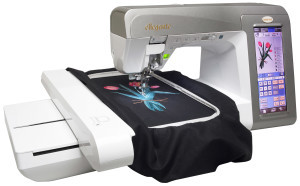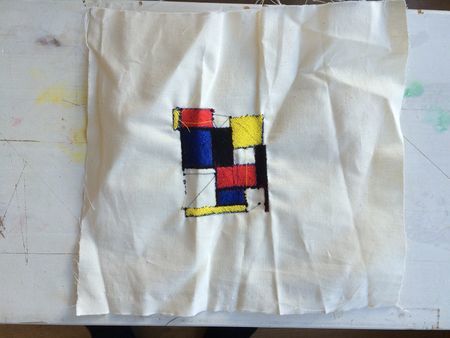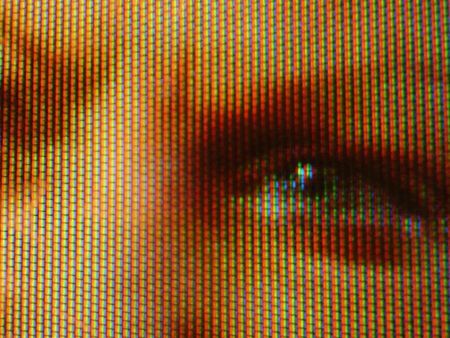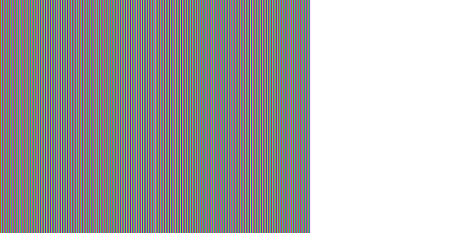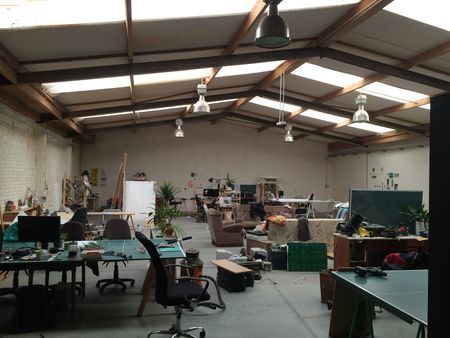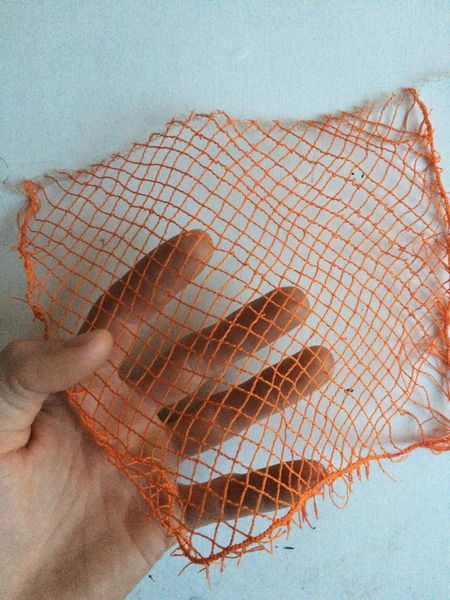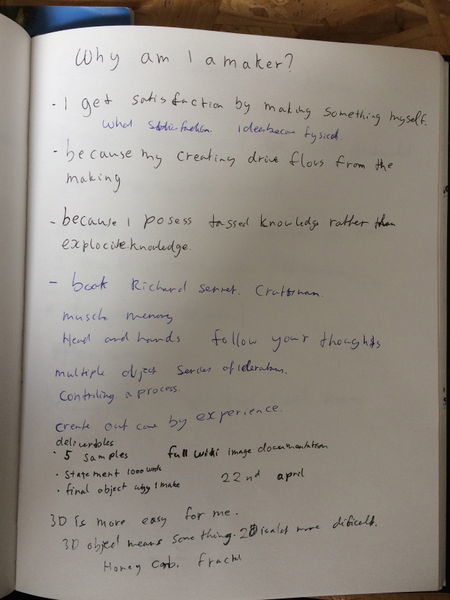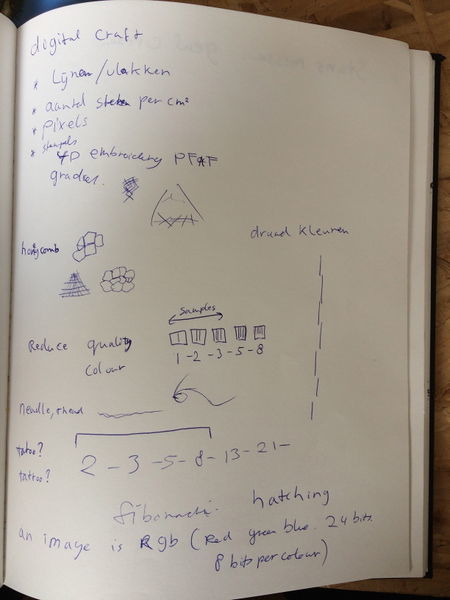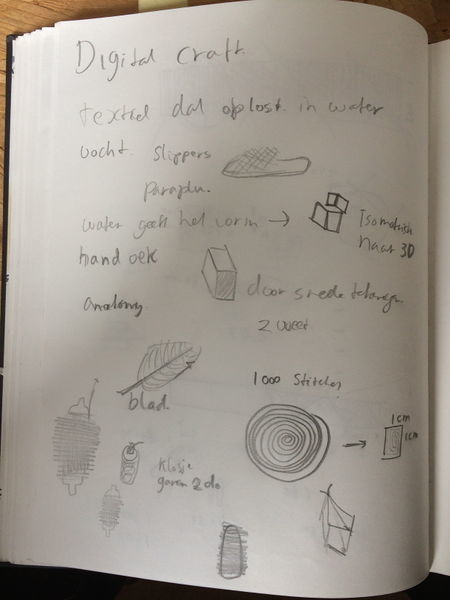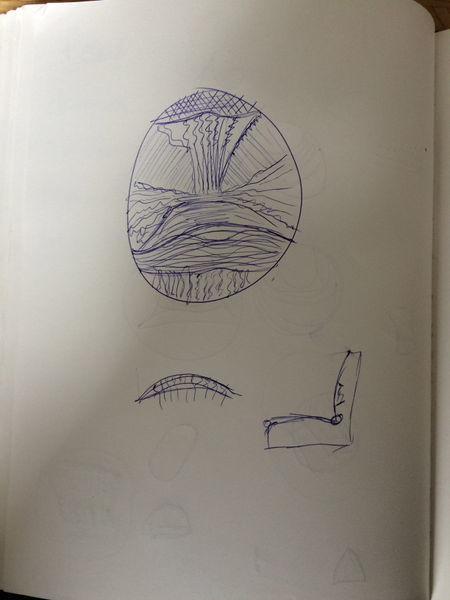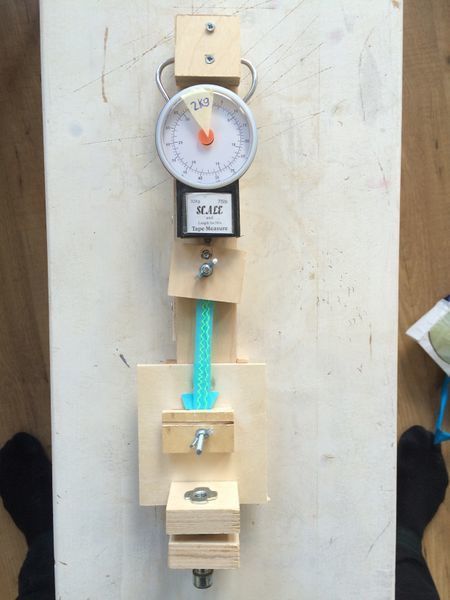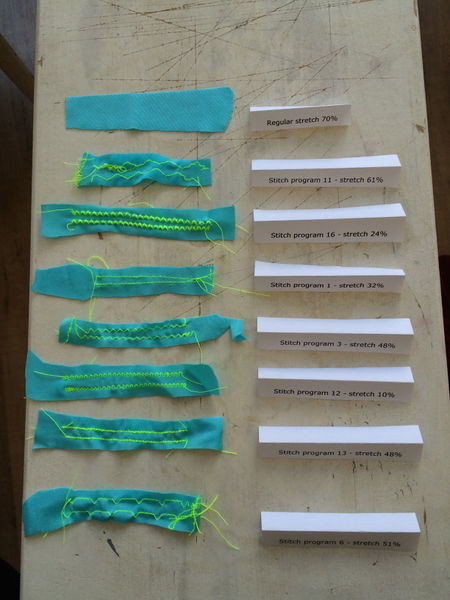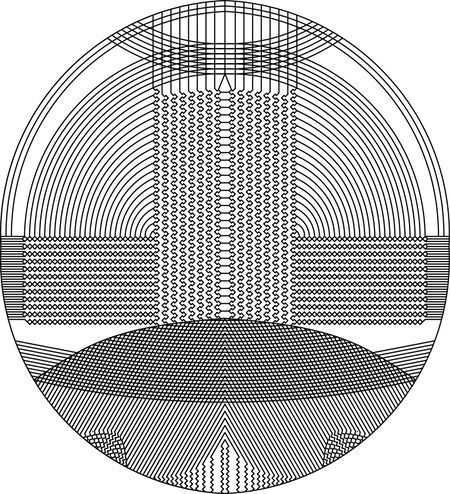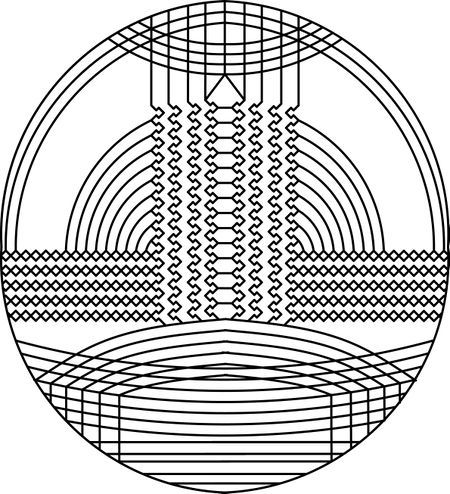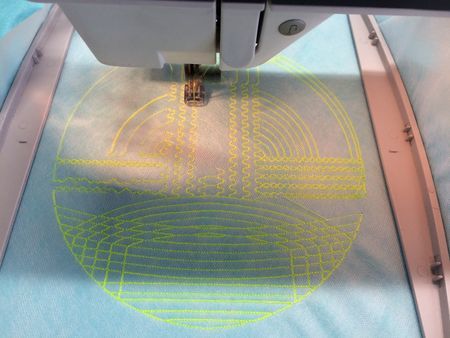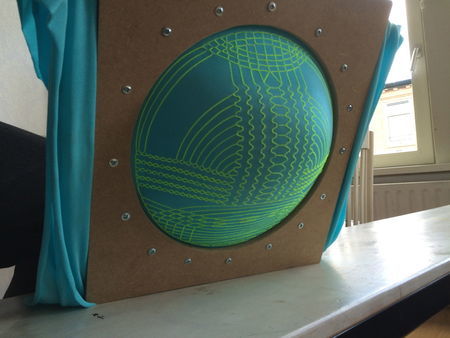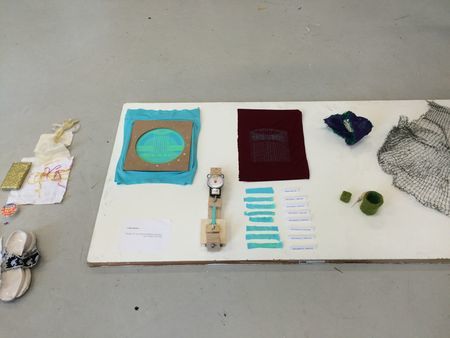User:Timreuser
My name is Tim Reuser and I'm a second years product design student at the WDKA. I choose the practise digital craft because I'm interested in learning more about the topic of craftsmanship and industry. I like the more theoretical approach this quarter offers and at the same time going to the workshop to test things hands-on. For me doing and learning is the same thing. The knowledge I gain from making things and reflecting on them is my biggest source of inspiration.
Contents
Embroidery
Technique; hand/ machine
First ideas/ tests
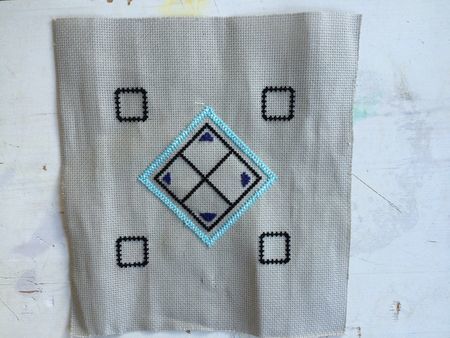

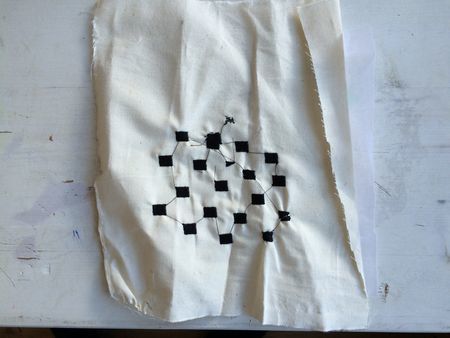
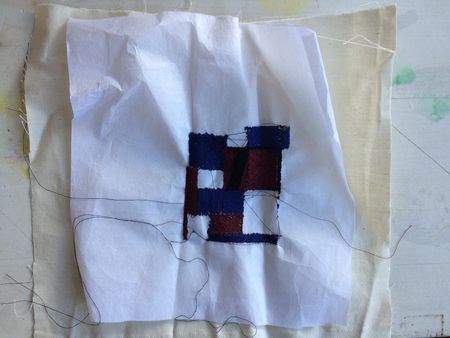

experiments with my new learnings
after doing some test with the embroidery machine I developed this idea that I perhaps imitate an old television screen using red/green/blue lines and making an image with this. Unfortunately the machine couldn't read the file because the lines were too near to each other.
masterclass clair williams
Claire had a really nice workspace. For her work she uses data and applies that to her textile works. Also the uses a program calles processing to come up with fractal textures. The thing that bothered me a little that the things that come out don't really communicate their making process. You really need to know what happend to understand what you are seeing. To me her designs felt quite random and maybe even a bit arbitrary.
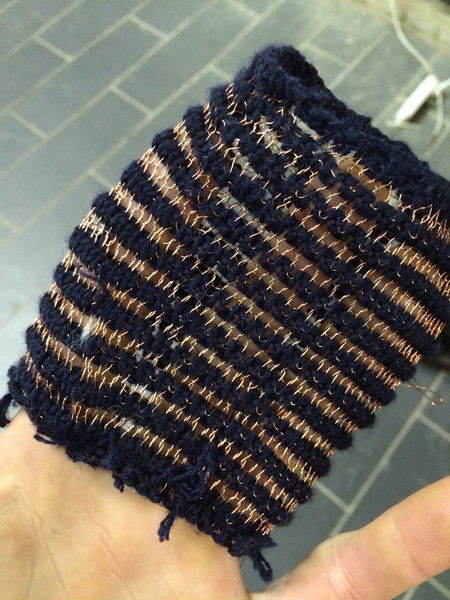 Using copper to knit. copper is conductive so perhaps it could be used to transfer electricity of heat.
Using copper to knit. copper is conductive so perhaps it could be used to transfer electricity of heat.
pushing to the limit
By studying the stitching machine I learned the the upper and the lower threads loop around each other. I figured that I could perhaps loose the binding material as long al the loops don't unwind. By crossing two layers of stitches I prevented the loops from unwinding.
sketches and ideas for the final work
stitch program experiment
after my pushing to the limit I got a bit stuck because I didn't really know which way to go. I knew I had to make something that could define me as a maker but usually my process goes the other way around. I usually don't know what the end result has to be but I figure it out during the process, and that was exactly what I was missing. I had to collect some more data and inspiration by doing tests. that is why I decided to explore the multiple stitches on a stitching machine. I decides to focus towards solely the properties of the stitches instead of the decorative part.
final product
For a final product I decided to combine all my information from my stitches experiment en apply it to an object that would benefit from the elastic property of the stitches. I Used Lycra fabric as a base material because of its highly elastic properties. By using different stitches the lycra is formed in the way of least resistance. there a flat surface can be formed ideally by applying pressure
Statement
What is making the ‘maker’?
To find myself a ‘maker’, I have first explored the definition of the word making. What does making mean to me? In order to ‘make’ you must perform an action. While making is commonly seen as a ¬physical act, it is actually much more than that. Independent of the object of making, the physical act per se is only part of the making. While the physical aspect flows from the brain to the hands, the urge of making comes from the creative mind. Making is creative thinking. Making and remaking, whereby the hands are only tools that make your thoughts come to life. Therefore, it could be implied that making is about following your thoughts. Personally, I believe making is an interaction between thoughts and physical performance, and if not the ability of physical performance, it is the understanding of the underlying processes. It is the interaction of head and hands, mind and muscle, the cross talk between explicit knowledge and tacit knowledge. That is why I tend to compare ‘making’ with sports.
When an athlete trains he becomes better; faster, and stronger. Not only physically but also mentally. By exercising the brain learns to control the motion of the body in a more efficient and more controlled way. It remembers the moves of the muscles so the body responds more easily when the same movement has to be repeated a second time. This is called muscle memory and is not relevant for sports only. For instance, when I am carving a piece of wood I am following the process with my eyes feeding the action of my muscles back into my brain. I am learning like that. By doing it more often the process becomes easier and better controlled. Practise makes perfect, and perfection is what I strive for.
Richard Sennett, author of “The craftsman” also talks about striving for perfection. His research is on craftsmen who dedicate themselves to creating the perfect object and the satisfaction that this is giving them. However, more than that, it is also about the interaction between head and hands and controlling the process of creation. Also here, it is as much about the physical as it is about the mental aspect. Being able to reflect on what you’re doing expands the mind and enables you bringing the process of making a step forward. This is for me the definition of ‘making’; a life process of doing, thinking and learning.
Now that I have found for myself the definition of a ‘maker’, I have to relate it back to myself in order to see if this applies to me and to the way I am working. First of all, I am a person whose mind is always spinning, and not always focused. My mind is not always in the same place as my body. However, I can also have a state of mind with pure focus: full control of thoughts while focussing on a single exercise. In this state I am meticulously controlling every minute movement. The mind is receiving feedback from the body and the other way around. Thus, I am gaining knowledge of my abilities that are growing by doing.
I believe, true ‘making’ cannot exist if there is no lively interaction between the brain and the body. For me, making is almost a spiritual process: one that seems to disappear in modern society since more and more processes are taken over by machines. The mind becomes less challenged. The creative inter-connection between mind and physical activity become less tight.
The Arts and Crafts movement of William Morris was definitely a movement against the mechanization. For me, William Morris has made a very appealing notion about what mechanization could do to society. His thoughts are still discussed in class. At present, small companies are aiming to provide high quality products instead of mass produced goods. There seems to be a new need for well made products and a need for a new generation of ‘makers’: people who are able to think independently and dedicate their creating abilities to making their thoughts become physical.
A new generation of ‘makers’ is on a rise. Their performance can be described as contemporary craftsmanship. Their art does not exclude computerized industrial machines, but is making advantage of them by combing humans and machine. Still, I believe, original craftsman skill is required for making a machine or exploring and understanding the capacities of an existing machine, and making it work according to the ‘makers’ mind-set. In this digital age, the craftsman ‘maker’ can put himself in a proactive position of doing and reflecting. Knowing the craftsman-ship and technology behind the machine, the ‘maker’ is in the ideal position to learn in an autodidactic way.
Referring to myself: can I call, or do I want to call, myself a maker? In sports, I do feel myself a maker. I am constantly exercising to improve my results by training. Sport climbing is an art of sport that does not solely rely on power and endurance but requires the intense and continues interaction of mind and body to improve the performance. At WDKA I am trying to develop a similar attitude towards becoming an original designer by combining my practical skills acquired at HMC, Rotterdam, and the more intellectual attitude and challenge offered by courses at WDKA. At the end I will know whether I succeeded or failed to become the ‘maker’ the way I am having the picture of an ideal maker in mind.
Tim Reuser, April 20, 2016
